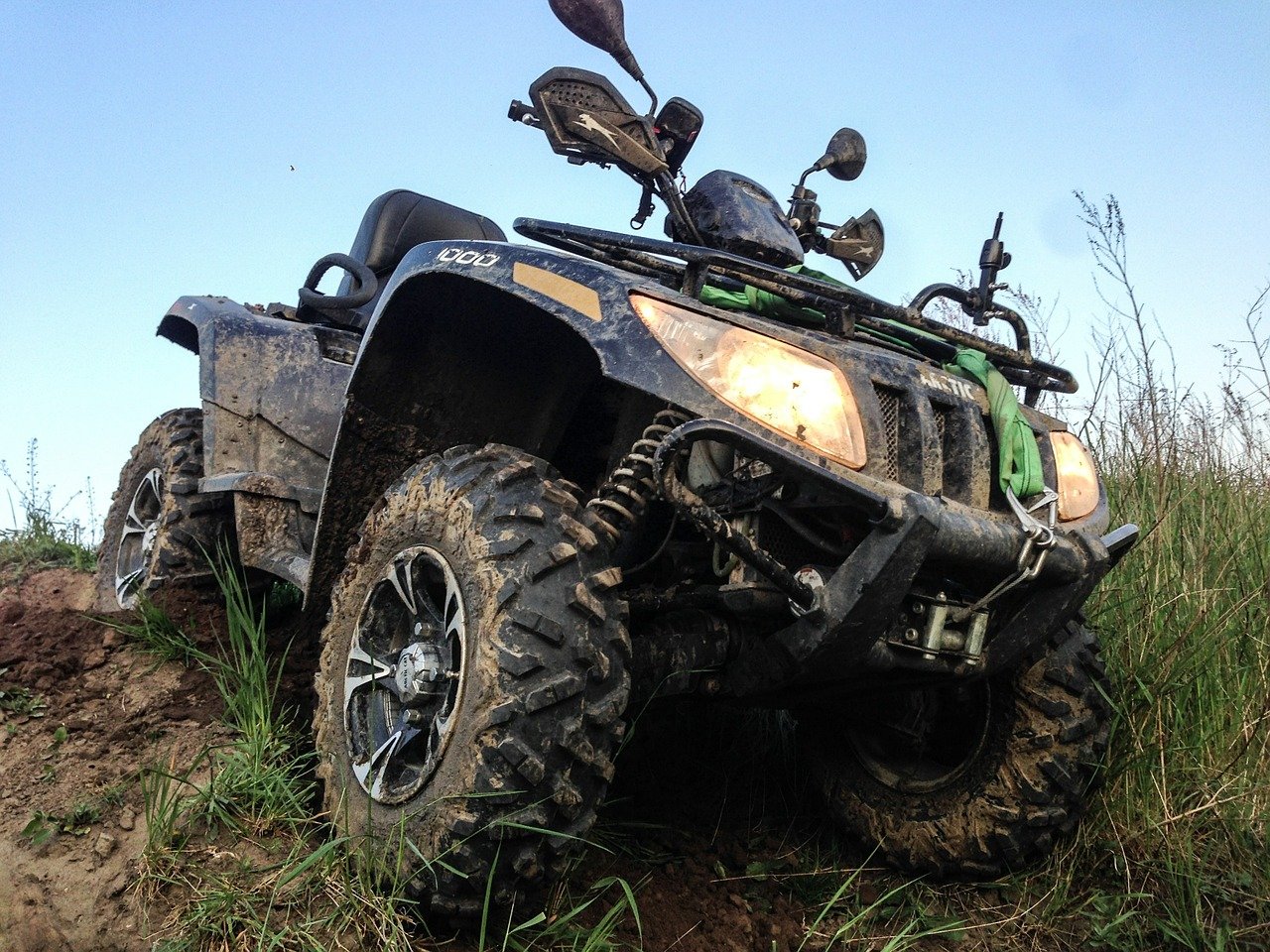9 Expert Tips for Safely Storing Your ATV in the Winter
It’s no secret that ATVs are highly durable machines made to conquer challenging terrains. However, every vehicle has its limitations. While your ATV is made to last, it’s not immune to freezing temperatures. Some people continue using ATVs through the winter months to haul goods or do farming chores, while others choose to put them in storage.
If you are planning to store your ATV for the winter, then simply driving and parking it in a shed won’t cut it. Without proper winter preparation, your ATV becomes vulnerable to damage.
In this post, we’re summarizing useful tips for storing your ATV in the winter. Take a look.
- Deep Clean
All the dirt and grime on your ATV may seem harmless but can cause permanent damage to your vehicle. That’s why it’s imperative to thoroughly clean your ATV before putting it away. You need to not only clean the exterior surface but also ensure there is no debris build-up in the interiors.
- Drain the Fuel
In case you have a plastic gas tank, take your ATV out in a well-ventilated area and drain all the fuel. Emptying out the tank, fuel lines, and carburetor is an important step you cannot skip.
On the other hand, if you have a metal tank, it would be best to fill it up completely and add a stabilizer. Since the metal is vulnerable to rusting, the stabilizer will keep the moisture in check. After filling the fuel and stabilizer, run the engine for at least 10 minutes to ensure even distribution throughout the motor.
- Fully Inflate Tires
There is no way to prevent tires from losing pressure when your ATV is sitting for months. But you can minimize deflation by fully inflating your ATV tires to ensure they don’t get damaged. Some experts also recommend inflating your tires slightly above the requirement. It would also be helpful to raise the ATV using jack stands to avoid flat spots.
- Remove Battery
You should remove the battery and fully charge it. If possible, keep it in a warm area and attach a trickle charger. It will keep your battery from dying.
- Change Oil
Prior to storing your ATV, remember to change the oil and air filters. Both of these are likely filled with contaminants that you don’t want in your ATV for too long.
- Fog Cylinders
Remember to fog your cylinders and internal surfaces of the carburetor to protect them from corrosion.
- Block Entry Points
Critter loves nesting inside ATVs. Unless you want creepy crawlies to take over your quad bike, make sure you close off all entry points before storing it. Use duct tape to block exhaust, intake, and other such openings.
- Cover It Up
You may think that a regular plastic tarp is good enough for covering your ATV. But it’s not! A plastic cover will lead to moisture build-up and cause rusting or mold infestation. It’s better to use a breathable fabric cover, which is exclusively designed for ATVs.
- Built a Shed
If you don’t have a shed or garage, it’s a worthwhile investment to build one. Even if you don’t have too much space to spare, we recommend setting up a temporary shed that you can take down when the days get warmer. Considering how much you have spent on an ATV, the cost of building a shed is an expense that will pay for itself in the long run.
Final Words
Understandably, you might not have the necessary experience or time to prepare your ATV for the winter. Get in touch with Briney Motorsports for proper winterization of your ATV.

